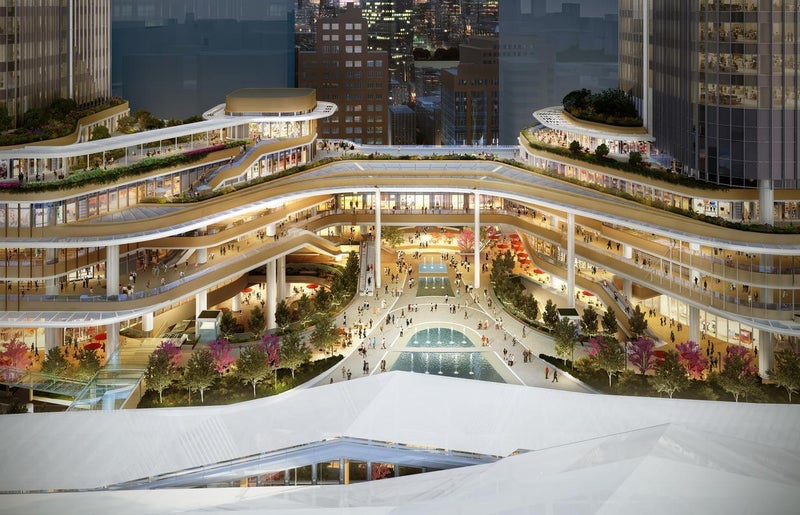
February 10, 2025
TAKANAWA GATEWAY CITY opening in March 2025
JR East's largest mixed-use development promises to transform Takanawa into a cultural hub
The announcement of TAKANAWA GATEWAY CITY’s March 2025 opening marks another significant milestone in Tokyo’s urban development landscape. At ¥500 billion, this project represents one of the largest station-integrated developments in JR East‘s history—even surpassing the massive Shinagawa redevelopment of the early 2000s.
The first phase of opening will introduce THE LINKPILLAR 1 (TLP1), positioned directly adjacent to Takanawa Gateway Station. This isn’t just another office building—it’s set to be a hub for international businesses and startups, with flexible workspace solutions and innovation laboratories spread across its 46 floors. The grand opening ceremony for TLP1 will take place on March 27, 2025, at 12:00 PM, marking the city’s official debut.
TAKANAWA GATEWAY CITY will also host a series of exciting events and services to celebrate its opening. Experience approximately 40 different free events, reflecting themes of future, co-creation, community, culture, environment, mobility, healthcare and technology.
Opening Highlights Include:
- Self-Driving Mobility Vehicles: Five self-driving mobility vehicles will be in operation, offering free rides around the city. Gateway Park will feature “100-Color Road,” an art installation by Emmanuel Moureaux, symbolizing 100 years of progress with 100 vibrant colors.
- Future Experience Theater: Located at TLP1 B2F TAKANAWA GATEWAY Convention Center LINKPILLAR Hall C, this free theater will showcase spectacular visuals and stories envisioning the future. The alternative rock band Hitsuji Bungaku will perform original compositions reflecting the city’s rich and spiritual ambiance. This event will run from March 27 to June 28, 2025.
- AR Experience Program – TAKANAWA LINK SCAPE: This free augmented reality program, guided by Professor Hayashi Osamu, will showcase the evolution of mobility and innovations from the Takanawa Embankment era to the present day. It will be available from March 27, 2025, around the Takanawa Link Line and Gateway Park.
- Cultural Performances: On the evening of the opening day, a traditional Kanto performance from Akita will be held, along with numerous service events celebrating Japanese culture.
Additionally, an original theme song, “Glorious Gateway -The Theme of TAKANAWA GATEWAY CITY-,” embodies the city’s vision of continuous growth and new value creation.

Residential Component
TAKANAWA GATEWAY CITY RESIDENCE, will follow later in 2025. Unlike typical Tokyo apartments, these residences have a focus on community living in their design, incorporating shared spaces and digital amenities that reflect post-pandemic lifestyle changes.
The development’s location is strategic, just one stop from Shinagawa Station, which will serve as the terminus for the upcoming Linear Chuo Shinkansen connecting Tokyo and Nagoya in 40 minutes by 2027. The site sits within a 5-minute walk from both Takanawa Gateway and Shinagawa stations.
Historical Significance
While many Tokyoites know this area as the former site of the Takanawa Railway Yard, few realize its significance in Japanese railway history. Archaeological excavations during construction uncovered remnants of the original Takanawa Railway Hotel, which served as Japan’s first Western-style hotel when it opened in 1872.
When completed, TAKANAWA GATEWAY CITY will join Marunouchi and Nihonbashi as one of Tokyo’s premier business and cultural districts. The project represents more than just real estate development; it’s a blueprint for how cities can evolve while honoring their historical legacy.
Related Articles:







